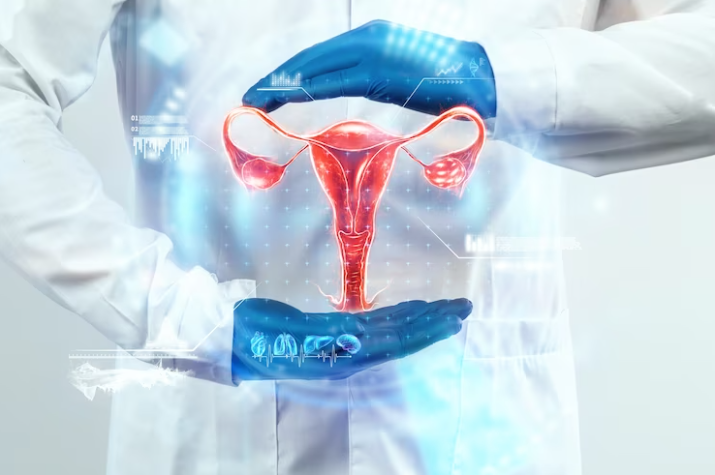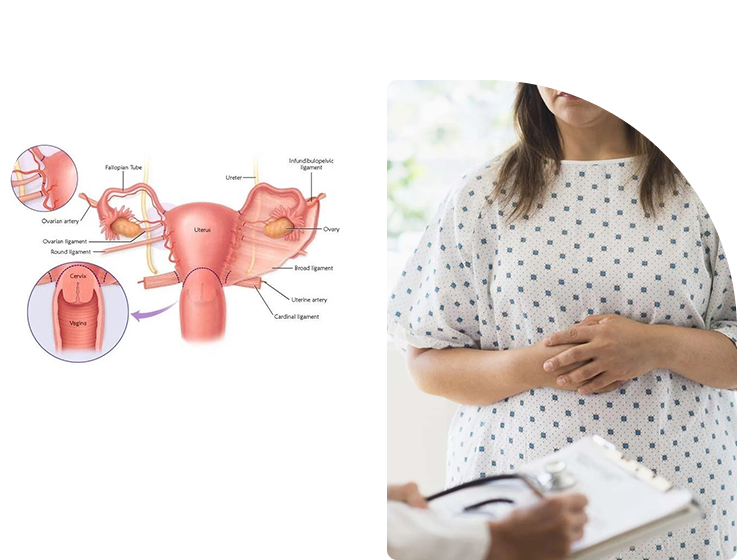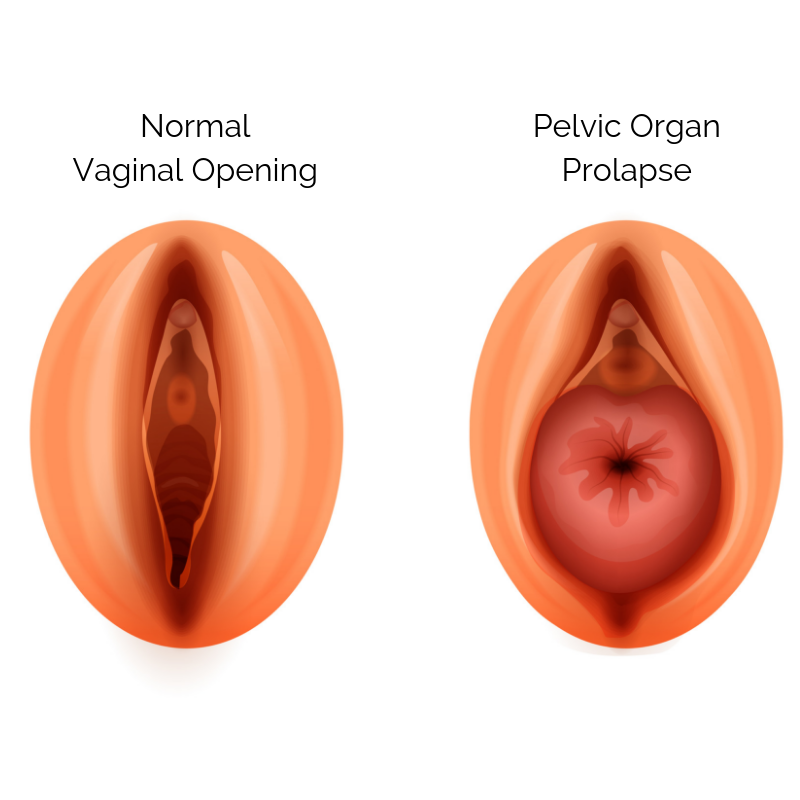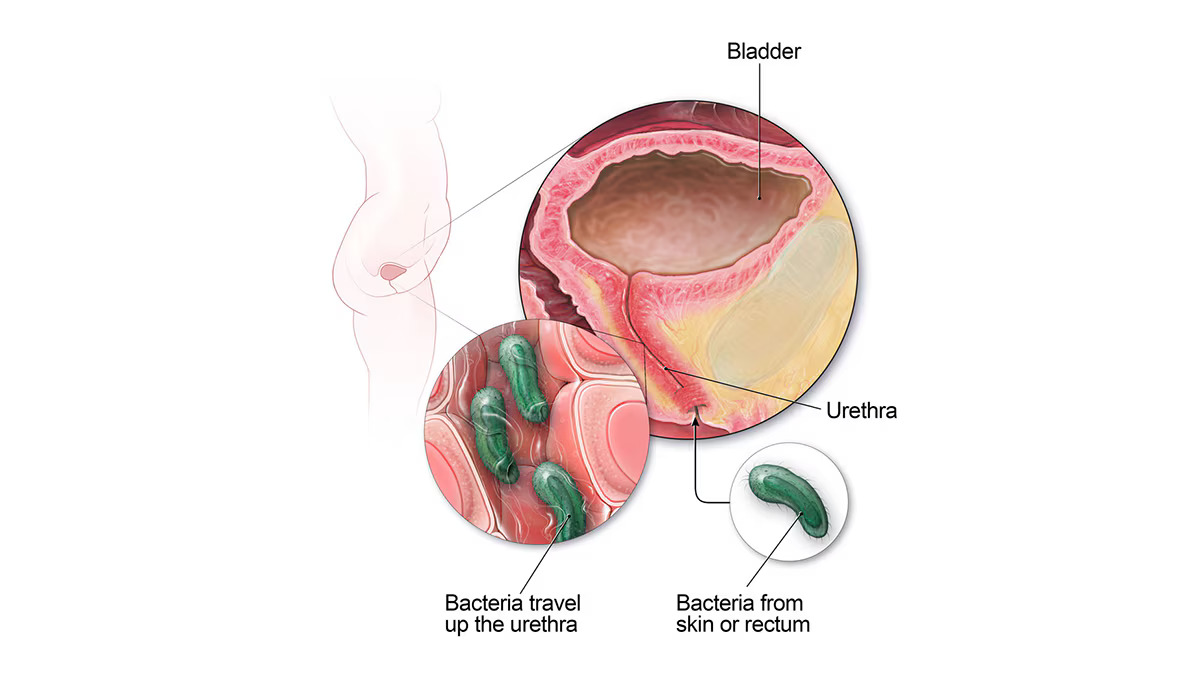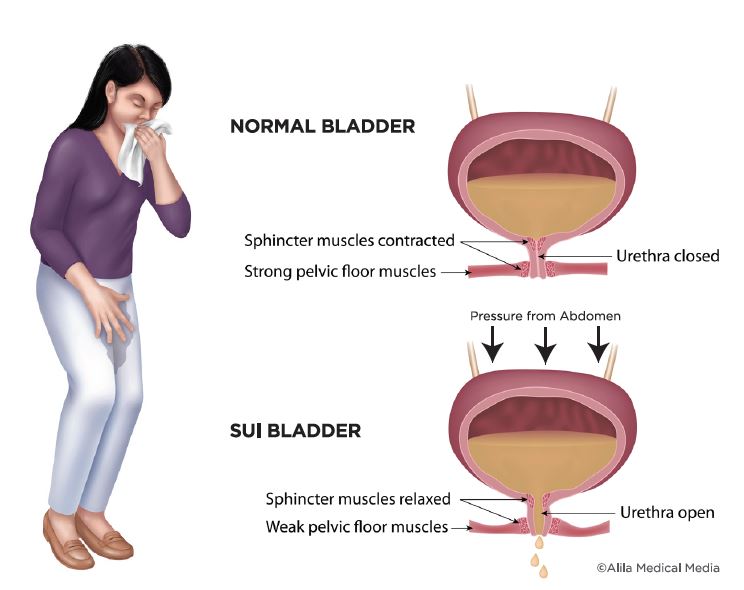Urogynocology
Vaginal Hysterectomy
A vaginal hysterectomy involves the removal of the uterus through the vagina, allowing for a minimally invasive approach.
Learn More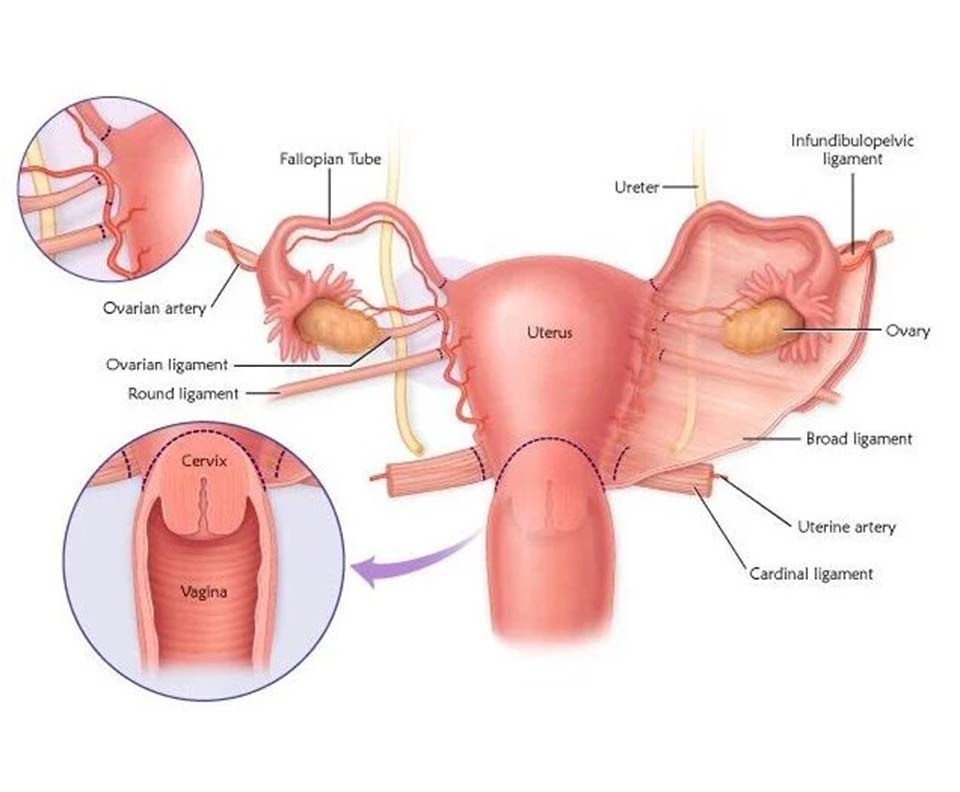

Vaginal Prolapse
Vaginal prolapse occurs when pelvic organs, such as the bladder, uterus, or rectum, descend into the vaginal canal due to weakened pelvic support tissues.
Learn More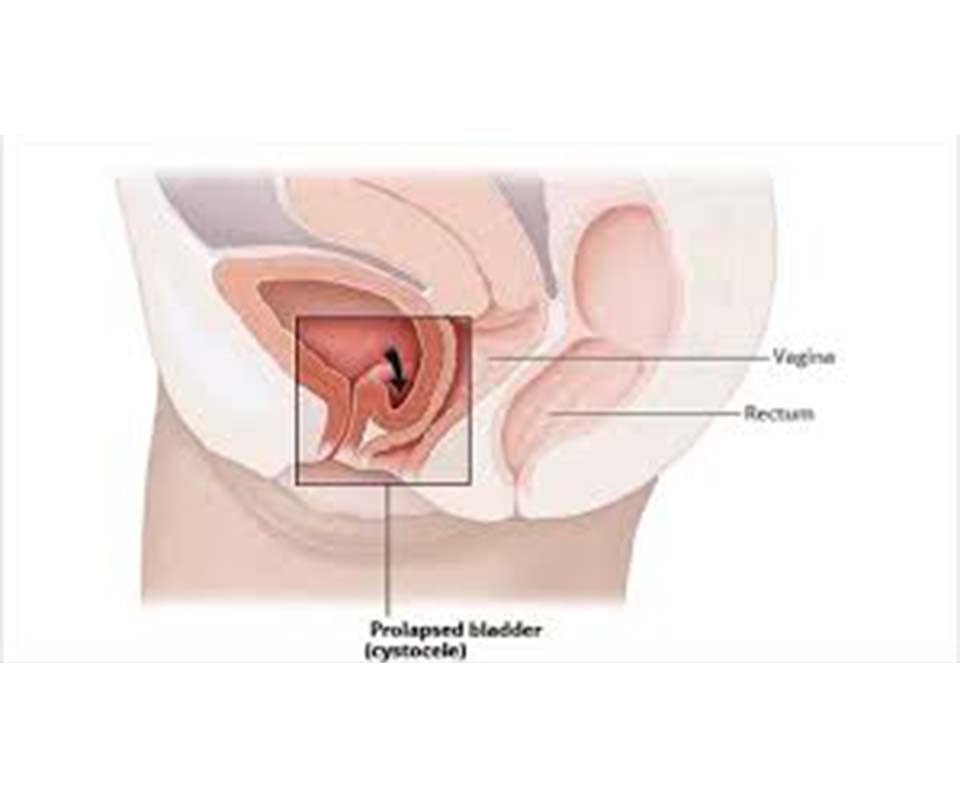

Urine Infection
Urinary tract infections (UTIs) are common, especially among women. They occur when bacteria enter the urinary system, leading to inflammation.
Learn More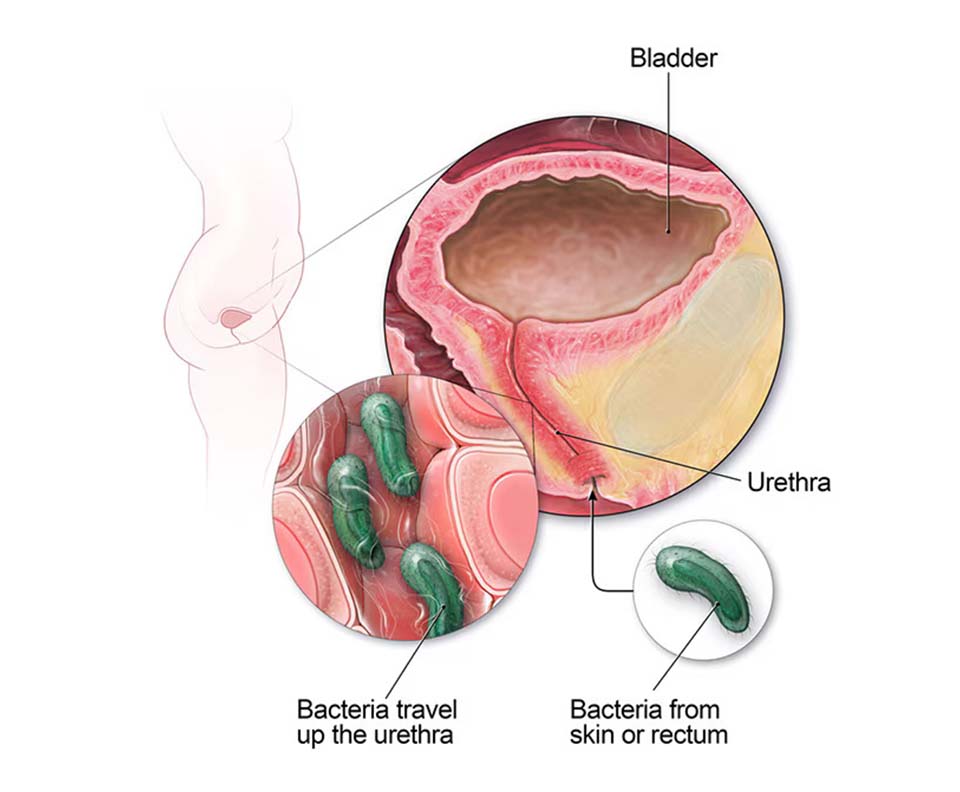

SUI (Stress Urinary Incontinence)
Stress urinary incontinence is characterized by involuntary leakage of urine during activities that put pressure on the bladder.
Learn More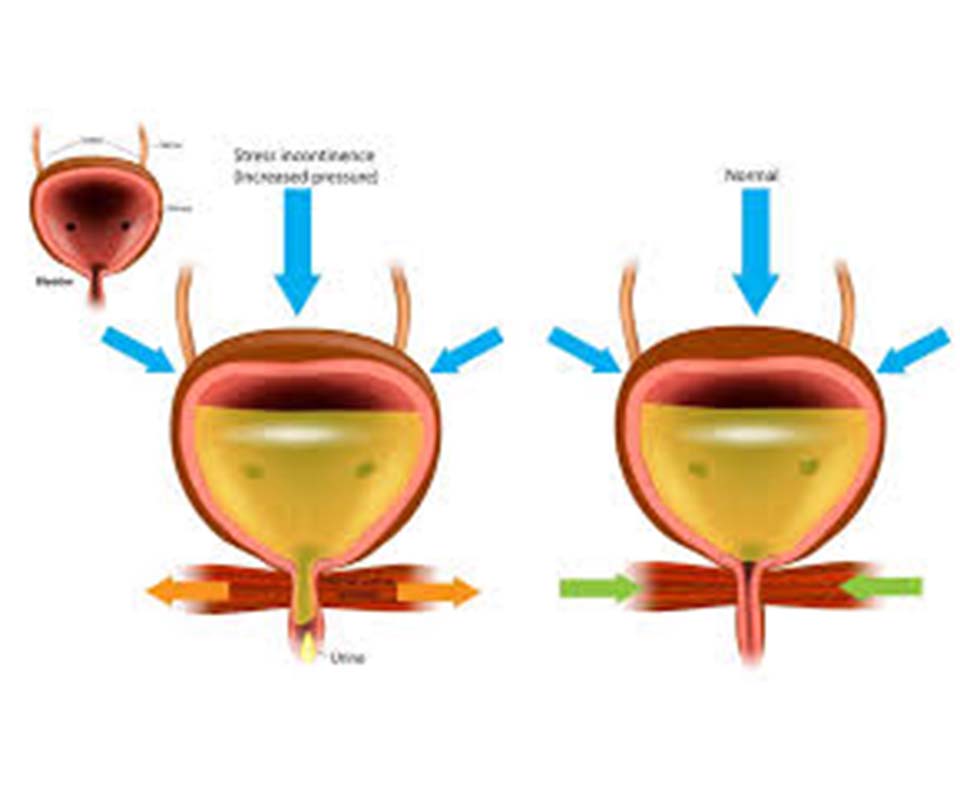



)





